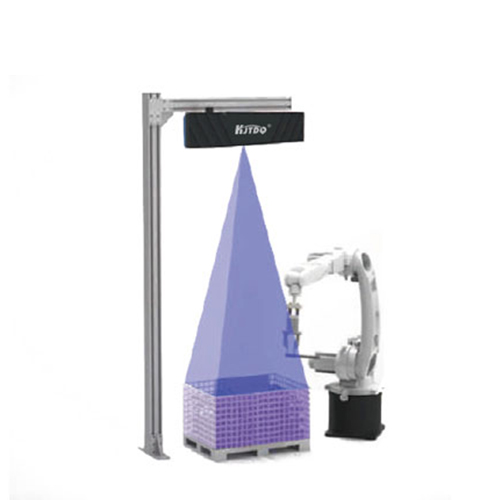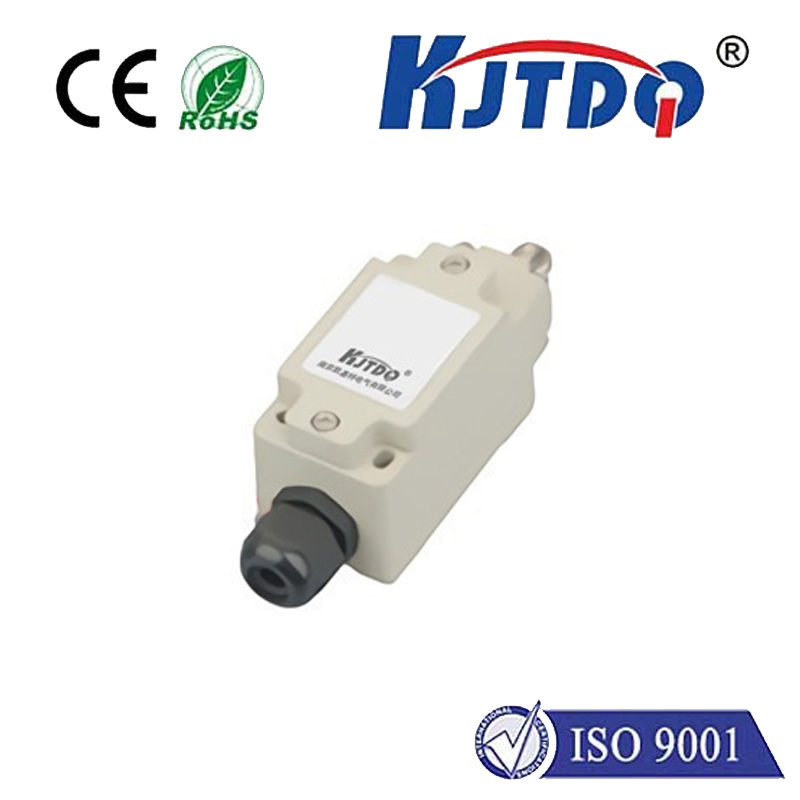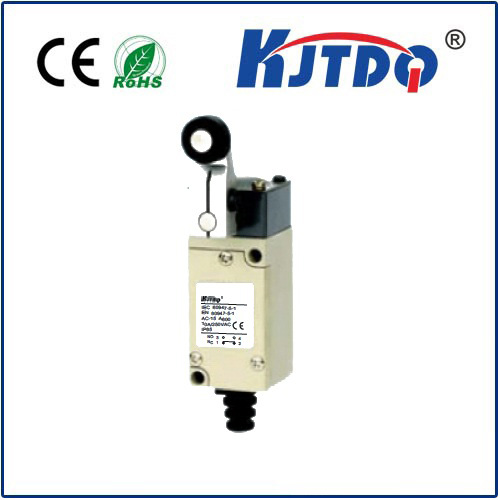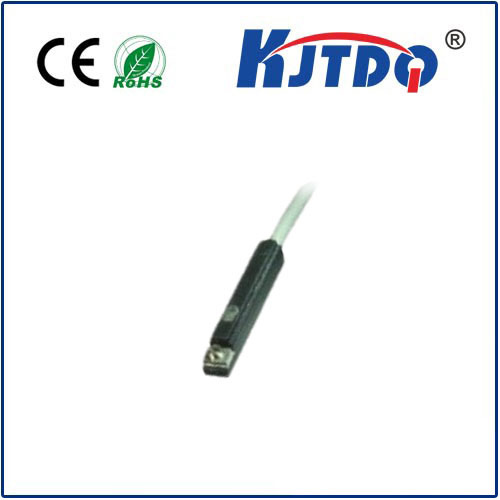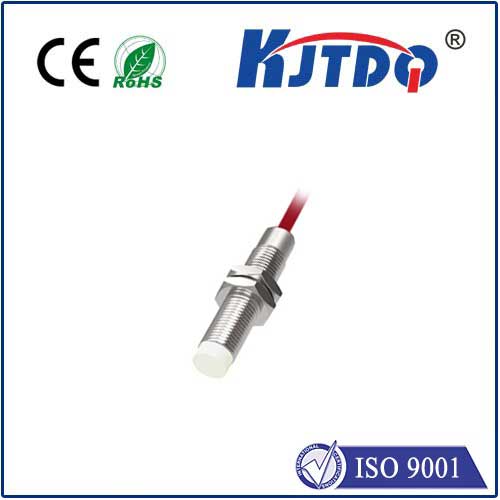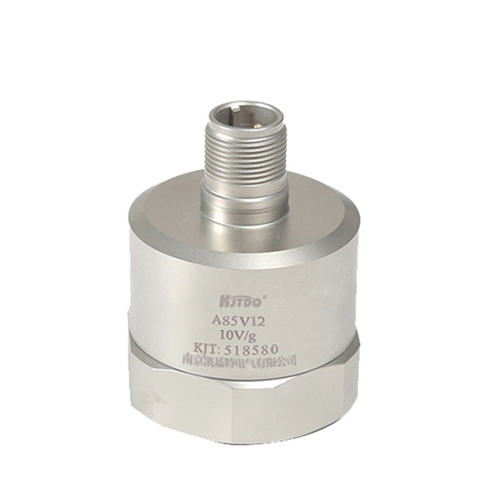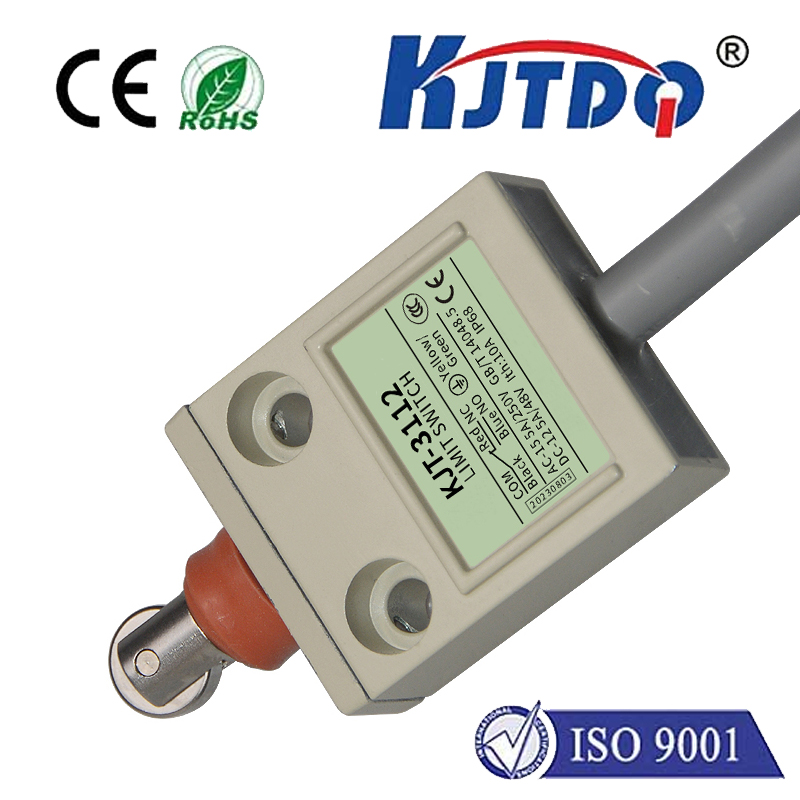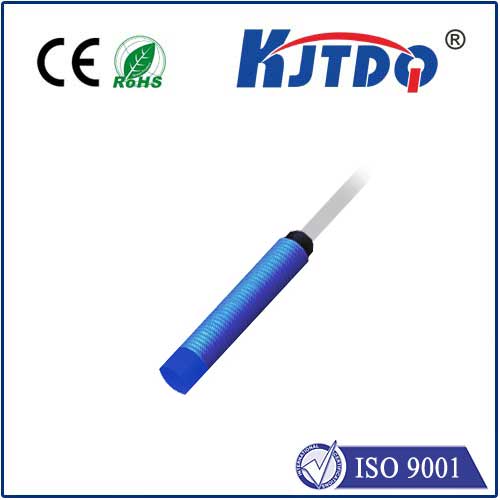Monarch Remote Optical Sensor: Transforming Crop Management with Precision Insights
In the sprawling fields where crops stretch to the horizon, the margin for error shrinks by the day. Farmers face mounting pressure: optimize yields, conserve precious resources like water and fertilizer, combat pests and diseases proactively, and do it all sustainably. Enter the Monarch Remote Optical Sensor, a cutting-edge tool designed not just to see the field, but to understand it deeply, ushering in a new era of data-driven precision agriculture.
Gone are the days of relying solely on manual scouting, intuition, or broad-spectrum treatments that waste inputs and harm the environment. The Monarch sensor represents a paradigm shift, leveraging sophisticated remote sensing technology to capture critical plant health information non-invasively, rapidly, and across vast areas. Mounted on drones, ground vehicles, or stationary platforms, this sensor acts as the vigilant eye in the sky (or on the ground), continuously gathering vital data invisible to the naked eye.
How Does the Monarch Remote Optical Sensor Work?

At its core, the Monarch Remote Optical Sensor functions by detecting and analyzing specific wavelengths of light reflected by plants. Healthy vegetation absorbs visible light (especially red and blue) for photosynthesis while reflecting significant amounts of near-infrared (NIR) light. Stressed plants, whether due to water deficiency, nutrient imbalance, pest infestation, or disease, exhibit distinct alterations in this spectral signature. The sensor precisely measures these reflectance patterns across multiple spectral bands, including but not limited to visible red, green, blue, and crucial near-infrared wavelengths. This multispectral data provides a far richer picture than standard RGB imagery.
Advanced algorithms then process this raw spectral data, transforming it into scientifically validated vegetation indices like the Normalized Difference Vegetation Index (NDVI), the Normalized Difference Red Edge (NDRE), or specific indices tailored to detect water stress or chlorophyll content. These indices translate complex spectral information into intuitive, actionable maps and values that clearly highlight variations in plant vigor, biomass, and potential stress zones across the field. High-resolution imagery captured simultaneously provides essential spatial context.
Unlocking Actionable Intelligence in Agriculture
The true power of the Monarch Remote Optical Sensor lies in translating complex optical data into practical decisions for the farm:
Empowering the Precision Agriculture Revolution
The Monarch Remote Optical Sensor isn’t merely a data collector; it’s a key enabler of the broader precision agriculture ecosystem. The detailed spatial maps it generates serve as the foundation for variable rate application (VRA) technologies. Seamless integration with farm management software (FMS) platforms is crucial, allowing sensor data to be overlaid with other data layers (soil samples, yield maps, weather) for comprehensive analysis and informed decision-making. This integration creates a powerful feedback loop, enabling continuous refinement of management practices.
Driving Sustainability and Profitability
The impact of adopting remote optical sensing technology like the Monarch system extends far beyond individual farm boundaries. By enabling precision input application – applying the right amount of water, fertilizer, or pesticide, in the right place, at the right time – farmers achieve a powerful dual benefit: significantly reducing operational costs (less wasted inputs) and minimizing the environmental footprint of agriculture (less runoff, leaching, and chemical usage). This synergy enhances both farm profitability and long-term environmental sustainability.
Furthermore, the objective, quantitative data provided by the sensor reduces reliance on intuition and blanket strategies, leading to more resilient farming practices. Understanding field variability allows farmers to tailor management to each zone’s specific needs, maximizing the productive potential of every acre. The Monarch Remote Optical Sensor provides the high-fidelity intelligence needed to navigate this complex landscape, transforming vast fields into grids of manageable, optimized micro-environments. It empowers growers to see the unseen, understand the subtle language of their crops, and make decisions that are not just informed, but truly precise, fostering a future where productivity and sustainability go hand in hand.
